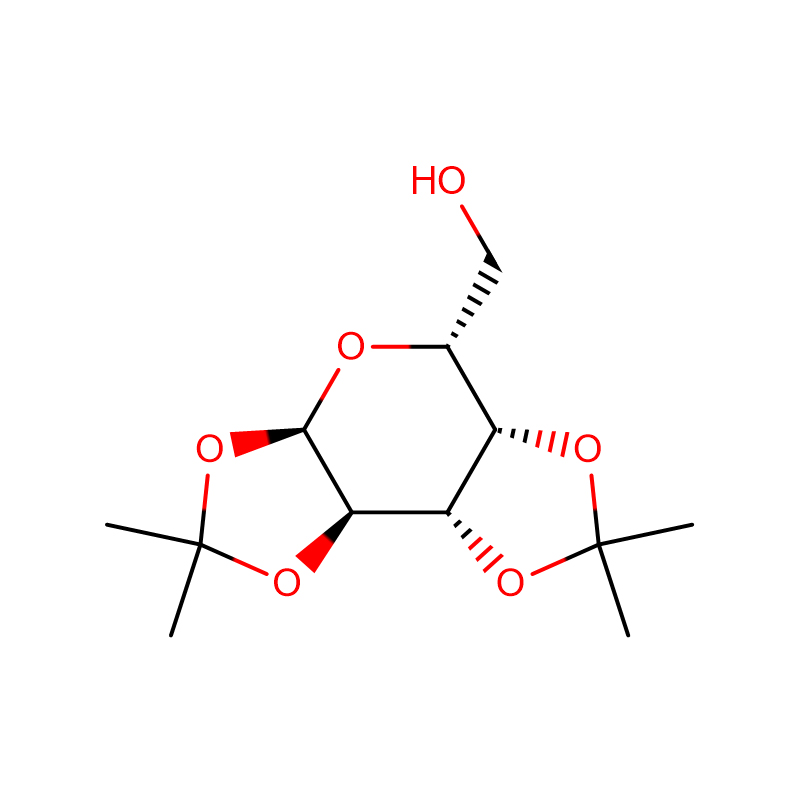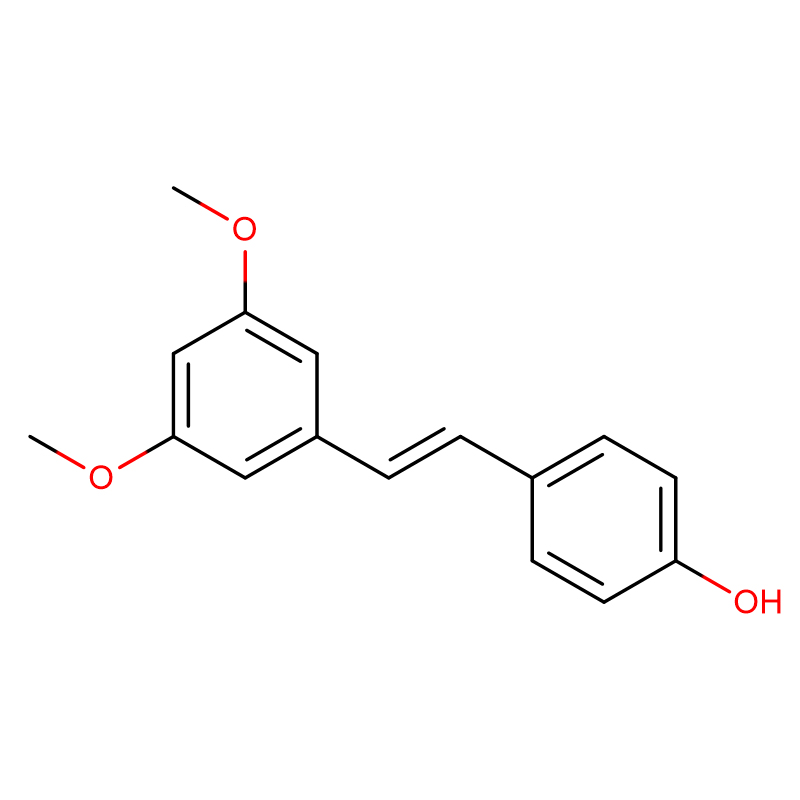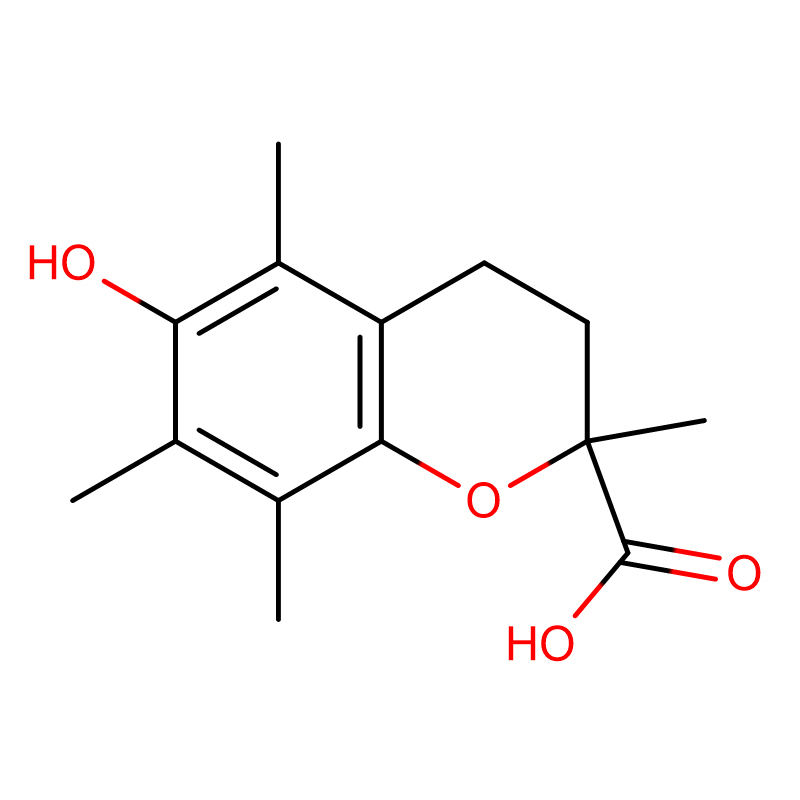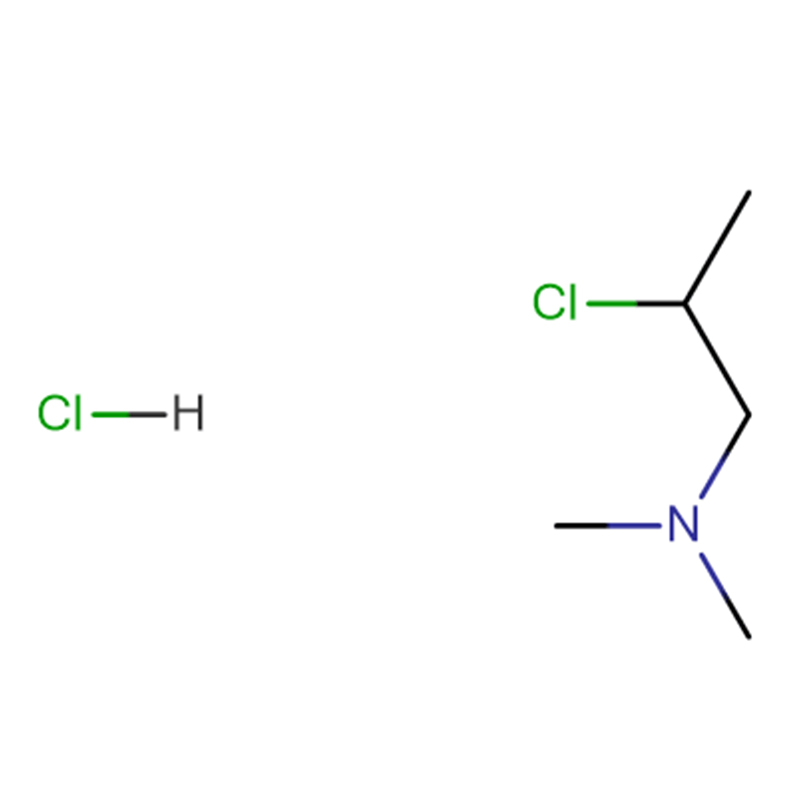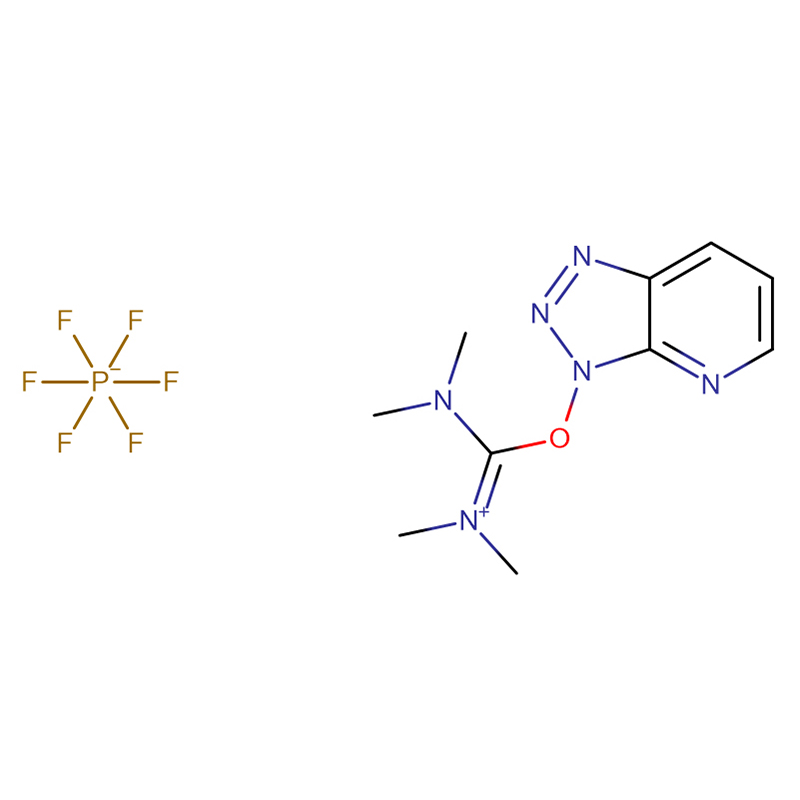2022 Latest Design 3-Morpholinopropanesulfonic Acid Hemisodium Salt - Carbenicillin Disodium Salt Cas: 4800-94-6 89-109% White to off-white powder – XD BIOCHEM
2022 Latest Design 3-Morpholinopropanesulfonic Acid Hemisodium Salt - Carbenicillin Disodium Salt Cas: 4800-94-6 89-109% White to off-white powder – XD BIOCHEM Detail:
| Catalog Number | XD90196 |
| Product Name | Carbenicillin Disodium Salt |
|
CAS |
4800-94-6 |
|
Molecular Formula |
C17H16N2Na2O6S |
|
Molecular Weight |
422.3633 |
| Storage Details | 2 to 8 °C |
| Harmonized Tariff Code | 29411000 |
Product Specification
| pH | 5.5 ~ 7.5 |
| Water Content | ≤ 6.0% |
| Solubility | Clear and slightly yellow solution |
| Assay | 99% |
| Potency | 830 ug/mg |
| Pyrogens | ≤80mg/kg |
| Transmittance | Complies |
| Appearance | White to off-white powder |
| Iodine Absorbing Substances | ≤8.0% |
| Usp grade | Complies |
| Assay (penicillin G) | Complies |
Drug-induced liver injury is one of the main causes of drug attrition. The ability to predict the liver effects of drug candidates from their chemical structures is critical to help guide experimental drug discovery projects toward safer medicines. In this study, we have compiled a data set of 951 compounds reported to produce a wide range of effects in the liver in different species, comprising humans, rodents, and nonrodents. The liver effects for this data set were obtained as assertional metadata, generated from MEDLINE abstracts using a unique combination of lexical and linguistic methods and ontological rules. We have analyzed this data set using conventional cheminformatics approaches and addressed several questions pertaining to cross-species concordance of liver effects, chemical determinants of liver effects in humans, and the prediction of whether a given compound is likely to cause a liver effect in humans. We found that the concordance of liver effects was relatively low ( ca. 39-44%) between different species, raising the possibility that species specificity could depend on specific features of chemical structure. Compounds were clustered by their chemical similarity, and similar compounds were examined for the expected similarity of their species-dependent liver effect profiles. In most cases, similar profiles were observed for members of the same cluster, but some compounds appeared as outliers. The outliers were the subject of focused assertion regeneration from MEDLINE as well as other data sources. In some cases, additional biological assertions were identified, which were in line with expectations based on compounds’ chemical similarities. The assertions were further converted to binary annotations of underlying chemicals (i.e., liver effect vs no liver effect), and binary quantitative structure-activity relationship (QSAR) models were generated to predict whether a compound would be expected to produce liver effects in humans. Despite the apparen t heterogeneity of data, models have shown good predictive power assessed by external 5-fold cross-validation procedures. The external predictive power of binary QSAR models was further confirmed by their application to compounds that were retrieved or studied after the model was developed. To the best of our knowledge, this is the first study for chemical toxicity prediction that applied QSAR modeling and other cheminformatics techniques to observational data generated by the means of automated text mining with limited manual curation, opening up new opportunities for generating and modeling chemical toxicology data.
Product detail pictures:

Related Product Guide:
We believe in: Innovation is our soul and spirit. Top quality is our life. Purchaser need is our God for 2022 Latest Design 3-Morpholinopropanesulfonic Acid Hemisodium Salt - Carbenicillin Disodium Salt Cas: 4800-94-6 89-109% White to off-white powder – XD BIOCHEM , The product will supply to all over the world, such as: Honduras, Chile, Atlanta, We offer OEM services and replacement parts to meet the varying needs of our customers. We offer competitive price for quality products and we will make certain your shipment is handled quickly by our logistics department. We sincerely hope to have the opportunity to meet with you and see how we can help you further your own business.
The sales person is professional and responsible, warm and polite, we had a pleasant conversation and no language barriers on communication.


